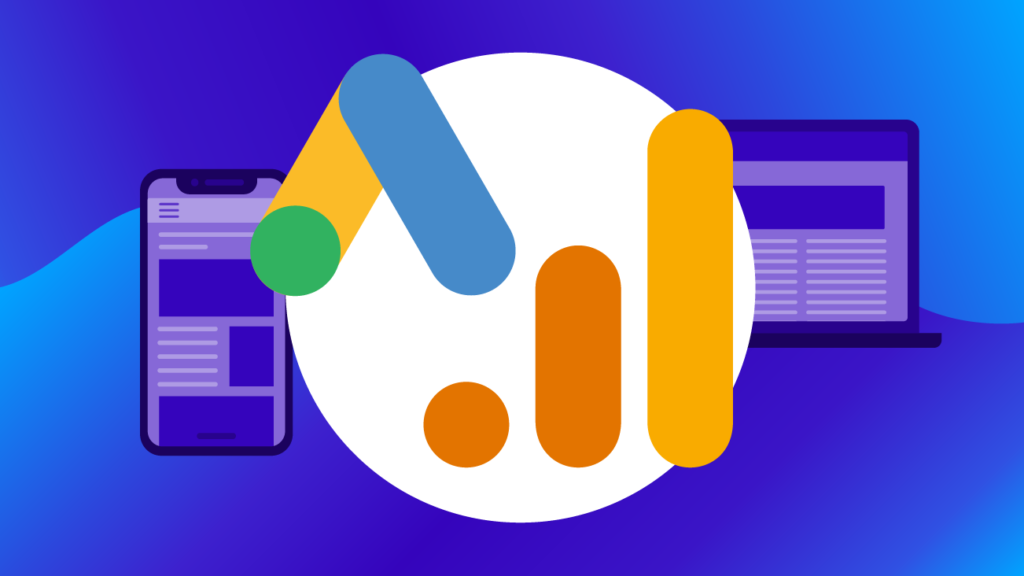
The reality of tracking after Google sunsets Universal Analytics in July 2023 is that your tracking data in UA will be lost, there is no way to migrate it to GA4.
It is already relatively late to migrate to GA4 but there is still time to collect a good amount of data for your marketing audiences and internal analysis. The reason why You can’t migrate your data between the two is because they use different methodology to track and organize data. Universal Analytics works by counting sessions, everything which happens during it is recorded on the same data row. GA4 on the other hand creates a new data row for each interaction. UA is sessions based and GA4 is event based tracking property of Google. Another difference is UA focuses on Total users while GA4 focuses on active users that have visited the website in the past period. So if you can migrate data from UA to GA4 it would be like comparing apples and oranges.

Exporting data is possible
Despite the fact there is no way to upload data from UA to GA4 they do encourage users to export and save their historical data.
“We know your data is important to you, and we strongly encourage you to export your historical reports during this time.”
The way to do that is to export individual reports using the following file formats: CSV, TSV, TSV for Excel, Excel, Google Sheets, PDF and Google Analytics API.
You should know what is important and download it in several formats and save them in separate storage space. Your marketing specialist should do that for you and share the data, your job is to save it forever. On July 1-st 2023 Universal Analytics will stop collecting new data, after that you will be able to access the platform for about 6 months after that.
Effects on Google ads

If you haven’t connected directly or indirectly to your Google ads account then the deadline of 1-st of July won’t affect your performance. The opposite scenario when you have connected UA with G ads and you are:
- bidding on imported Universal Analytics goals or ecommerce transactions
- using a Universal Analytics audiences in your campaigns ( most likely you do )
- importing UA website metrics to G ads
If that is your case you should drop everything and call/email a marketer and ask them to set up GA4 for you Business. Unless you do that you would start to lose money when the deadline comes and G ads can’t use the old UA data for optimization ( conversions ) and targeting ( audiences ). Then your G ads account should be connected with GA4 in order to give the ad network access to the new data source.
How to migrate to GA4

There are two ways to do that.
The first one is simple, Google offers an automatic upgrade: you just press a button or even in many cases they automatically create a GA4 property for you. You add a connection between the UA and the GA4 property to get some guidelines from Google’s assistant tool. The catch is you still have to make the setup and this is 95% of the job.
The second way is to create a GA4 property manually and create all conversions and setups with the help of a professional or to learn how to do that on the internet. There are many tutorials but unless you already have a serious skill set with UA this would be very time consuming and the likelihood of messing things up is real even for the most enthusiastic DIY-er.
Several upgrades like the Enhanced measurement feature are mandatory and yet hard for non professionals to implement correctly.
Summary
The importance of upgrading your tracking with a fully setup GA4 property boils down to how serious you intend to advertise on Google’s networks from July 2023 forward. This upgrade has the potential to shift the power balance in many industries and markets because even medium and large companies are still hesitating and procrastinating. This is Huge opportunity for the small and medium business owners to win a bigger market share based on a working data source. Those of you who make the transition now will have an actual competitive advantage, the longer you have collected data with a GA4 property, the bigger and better the data set will be.
Big data with high quality leads to better results: revenue and profit along with higher average order value and potential for better activation and retention.




